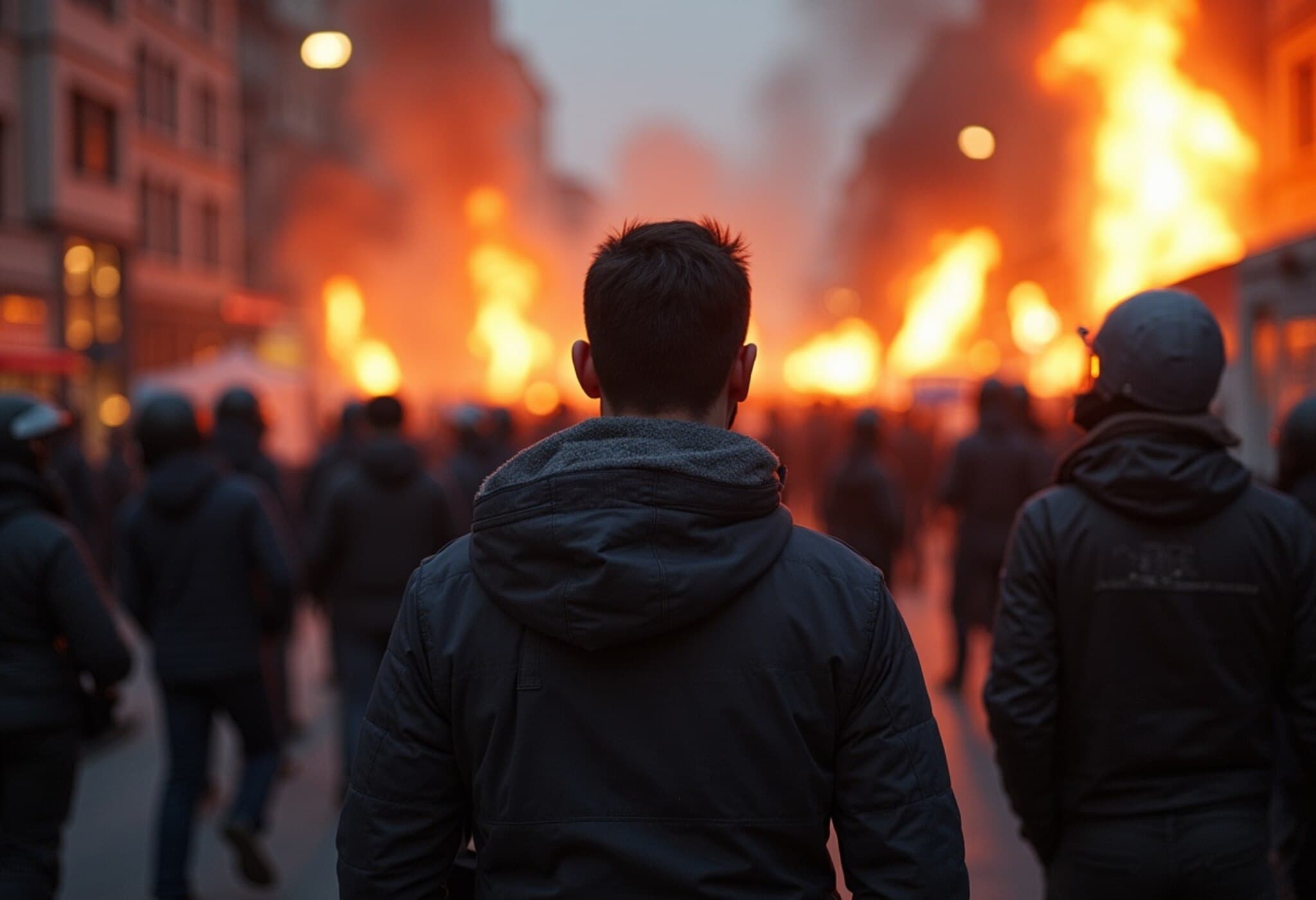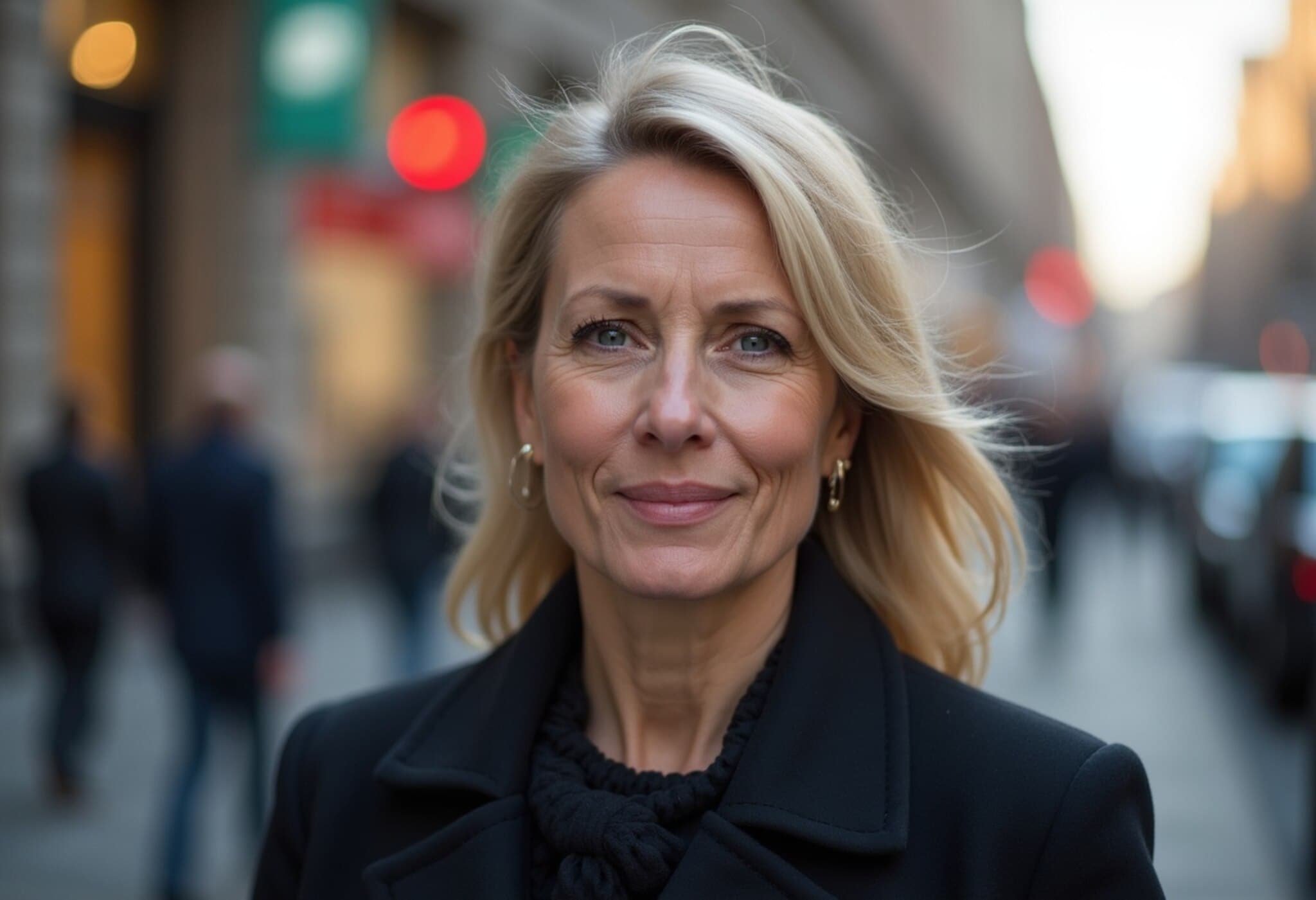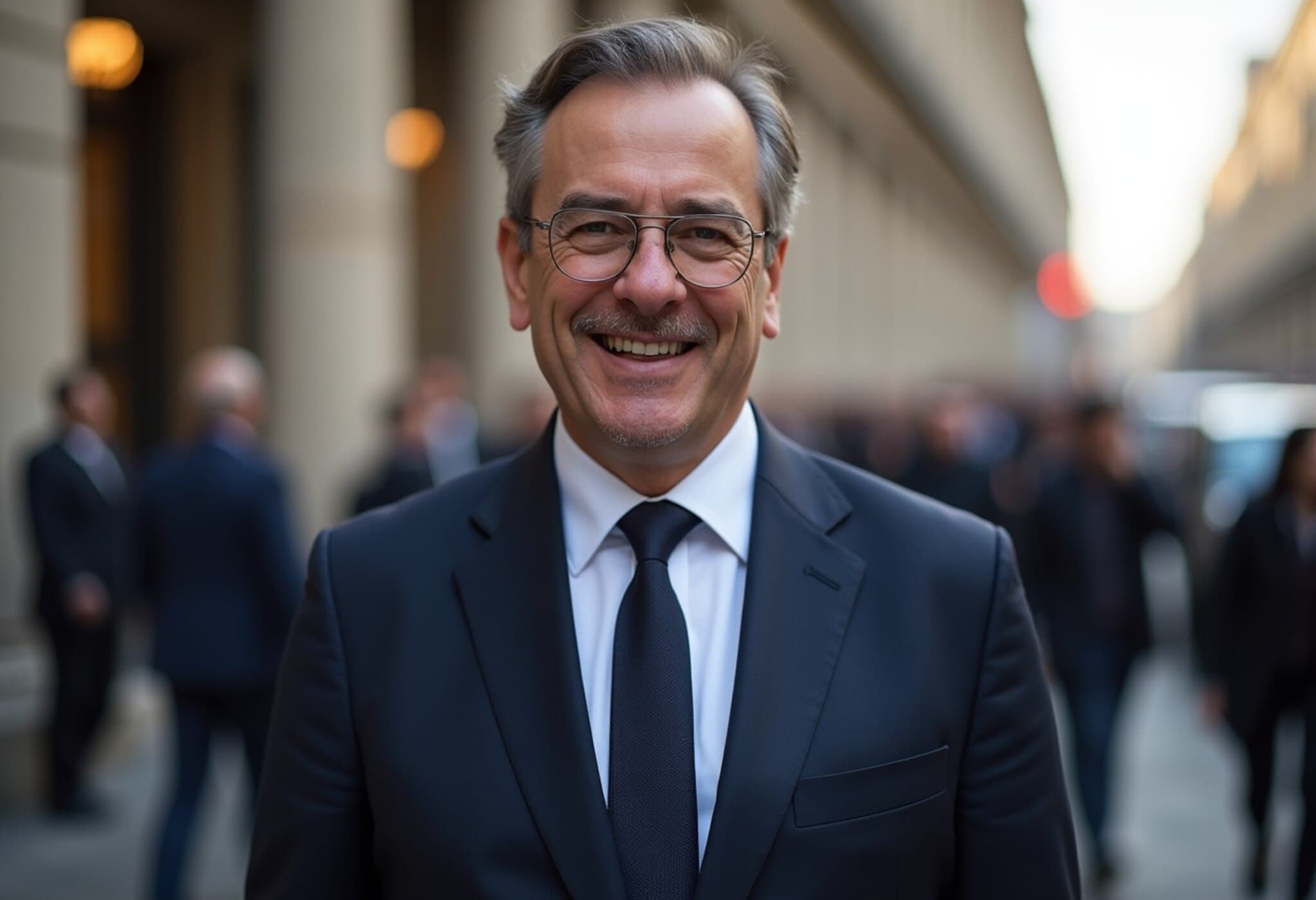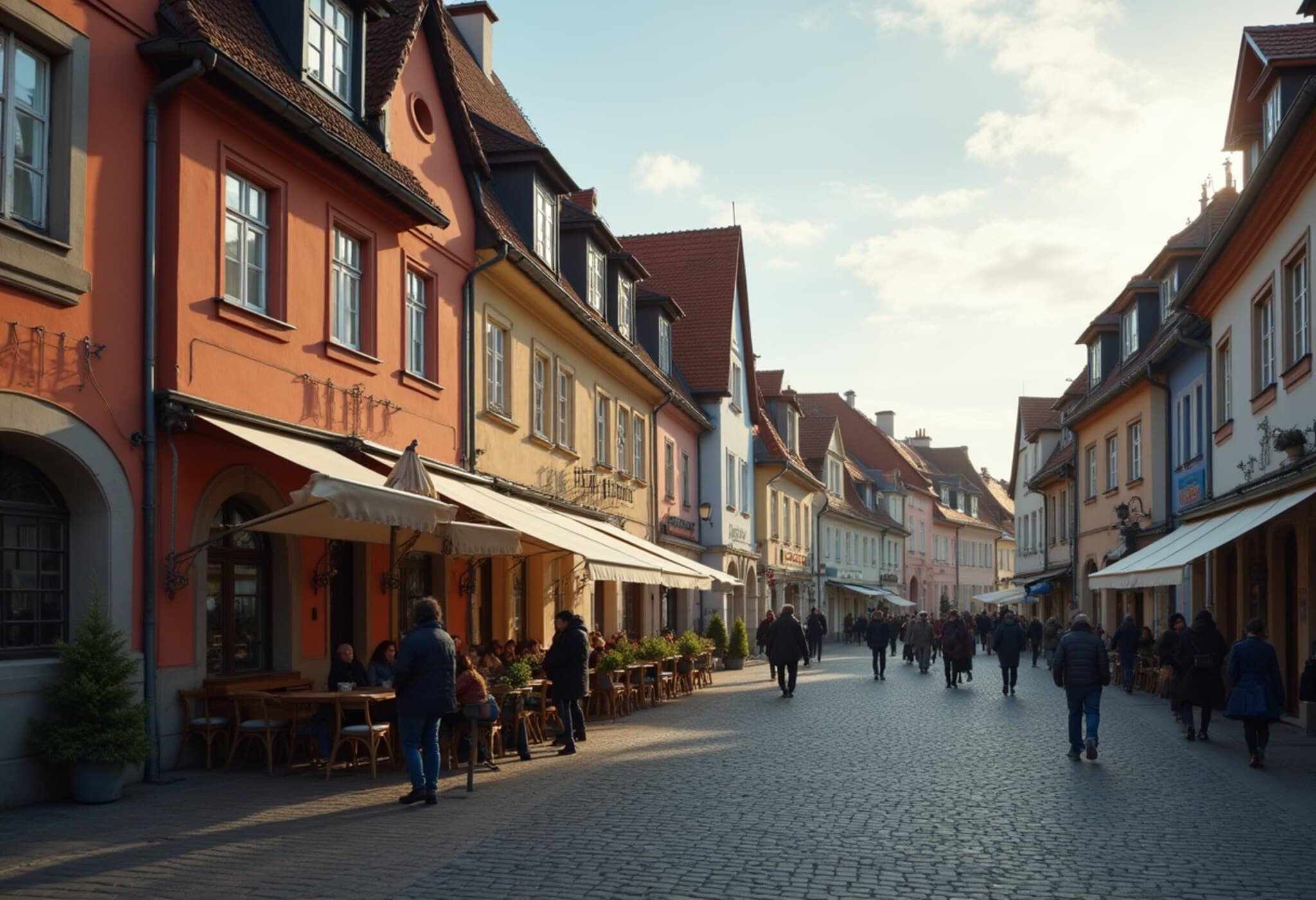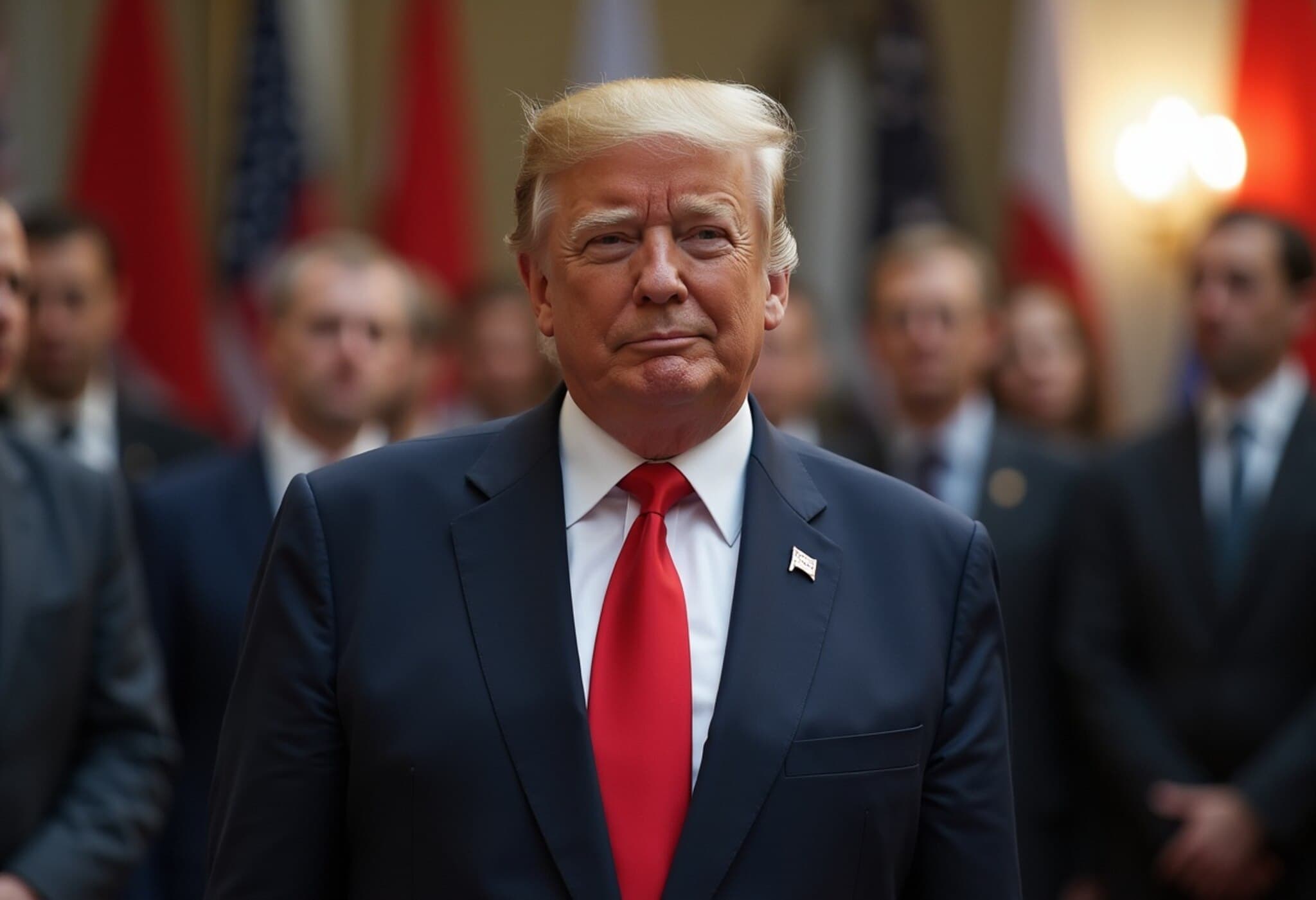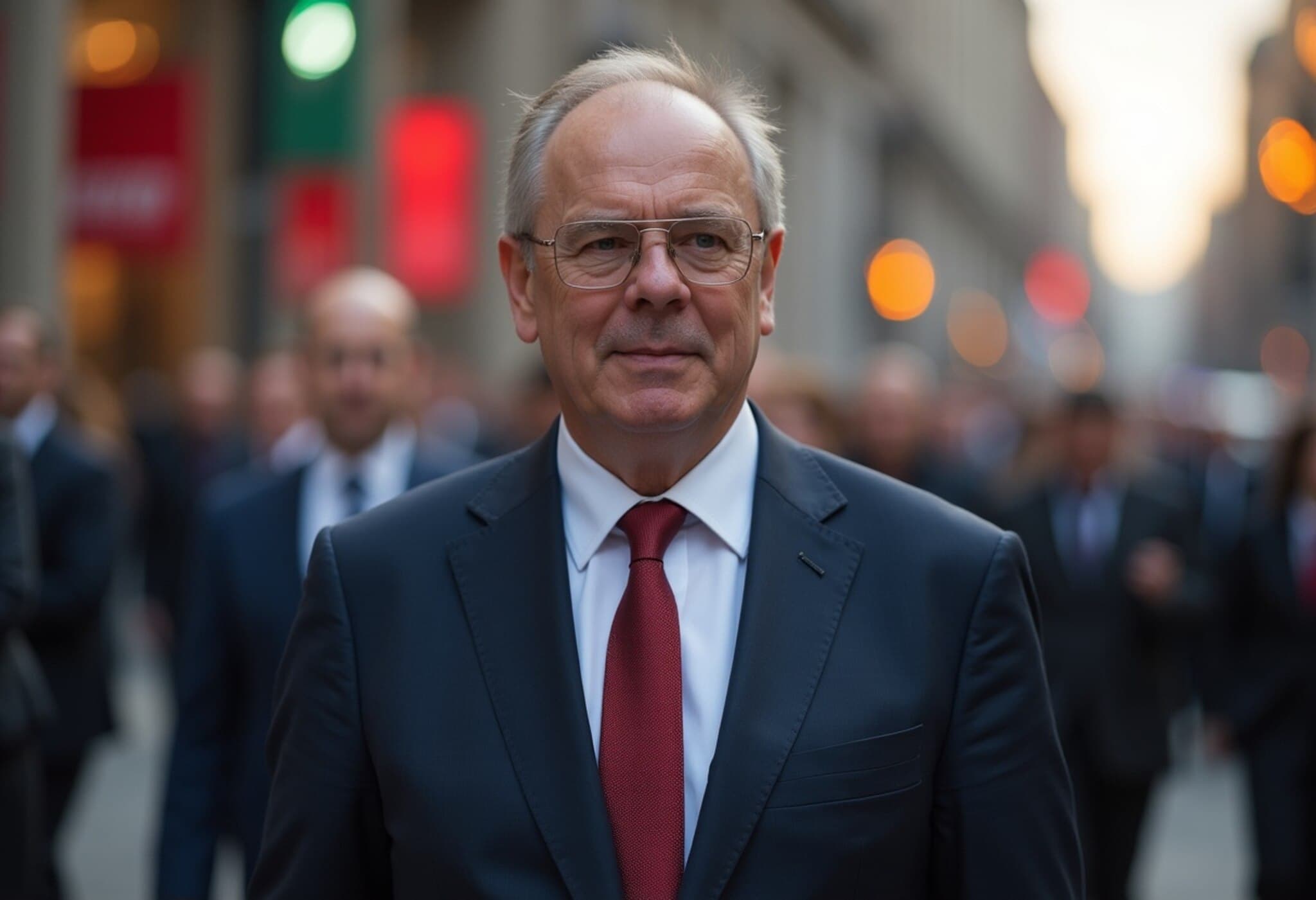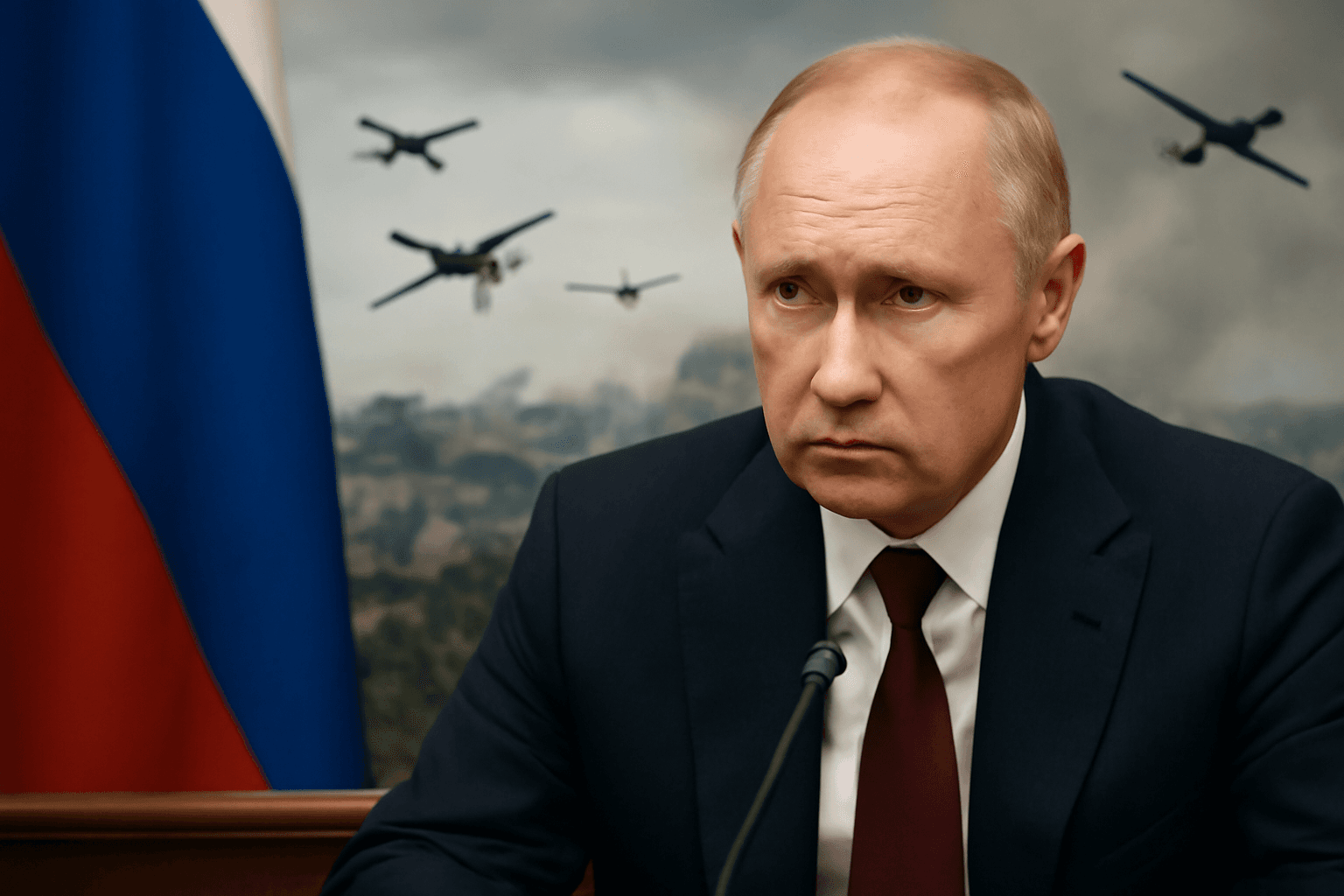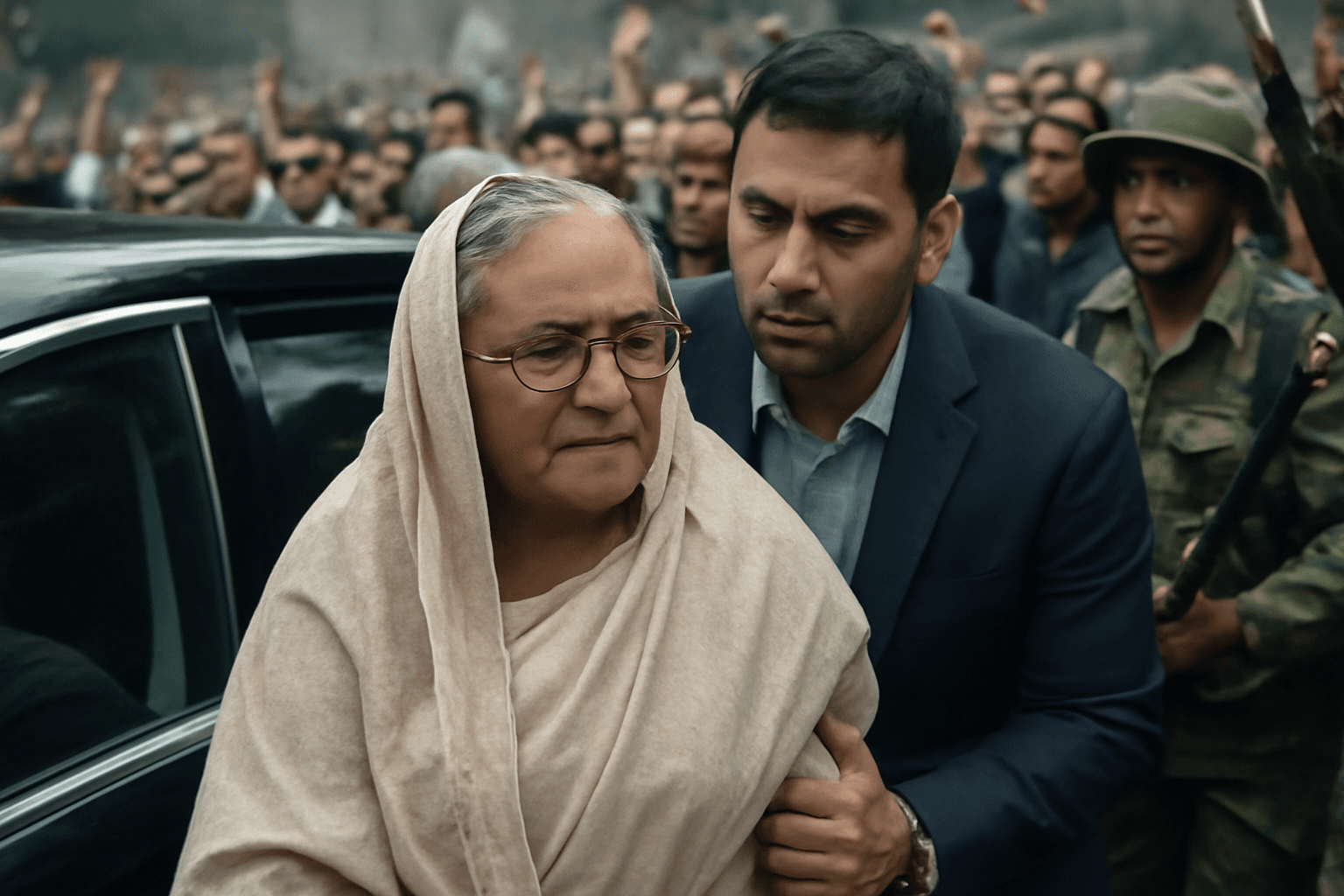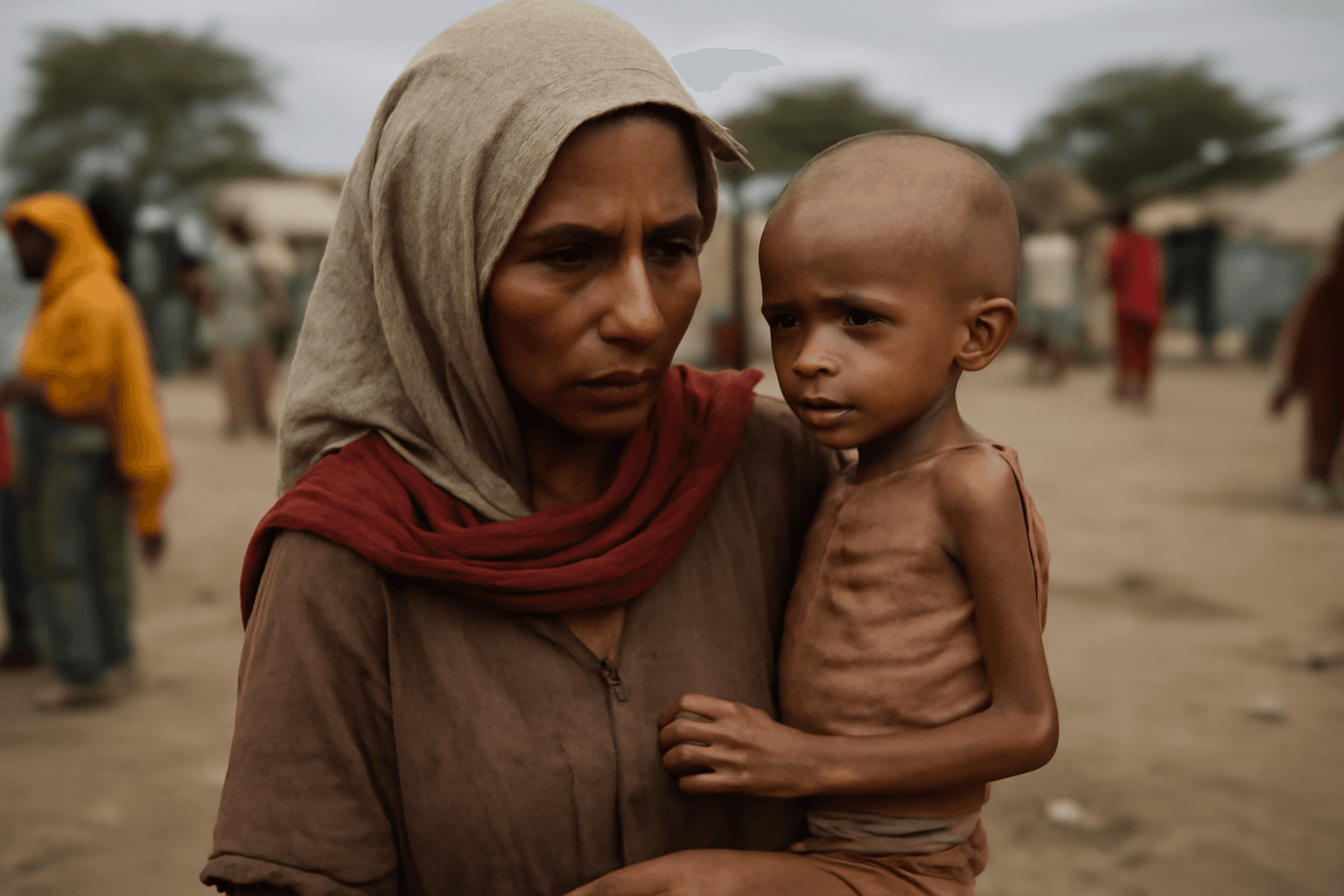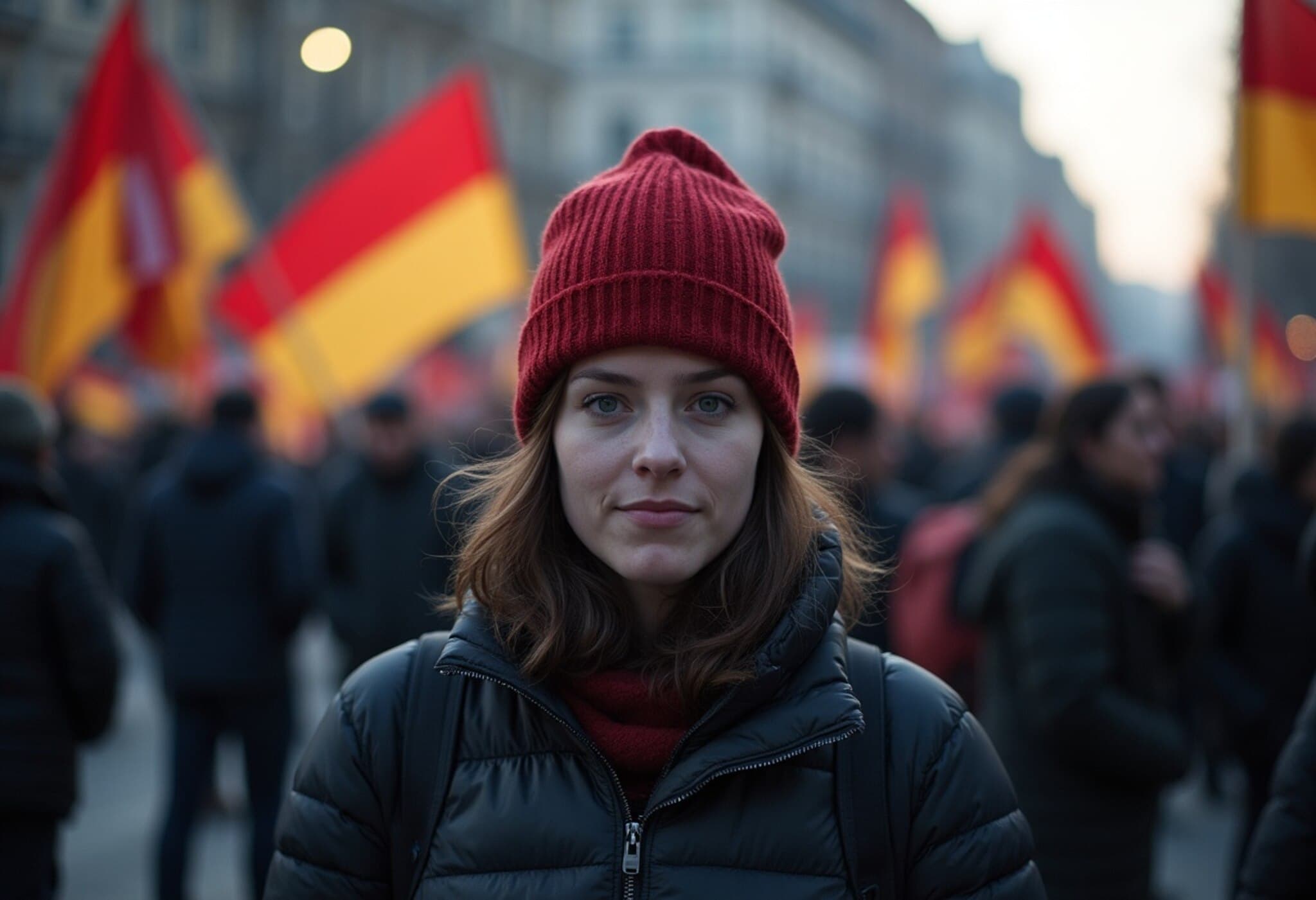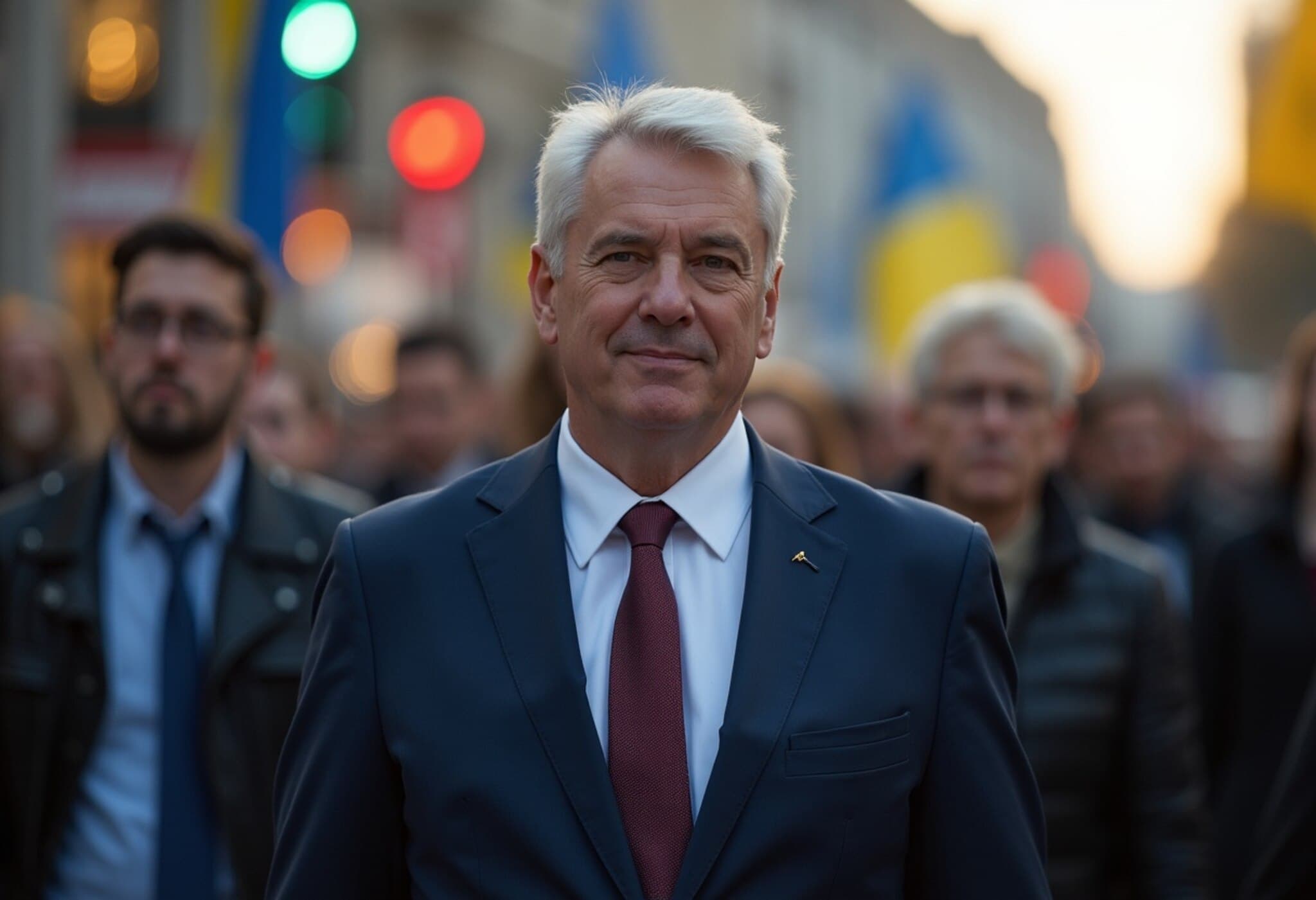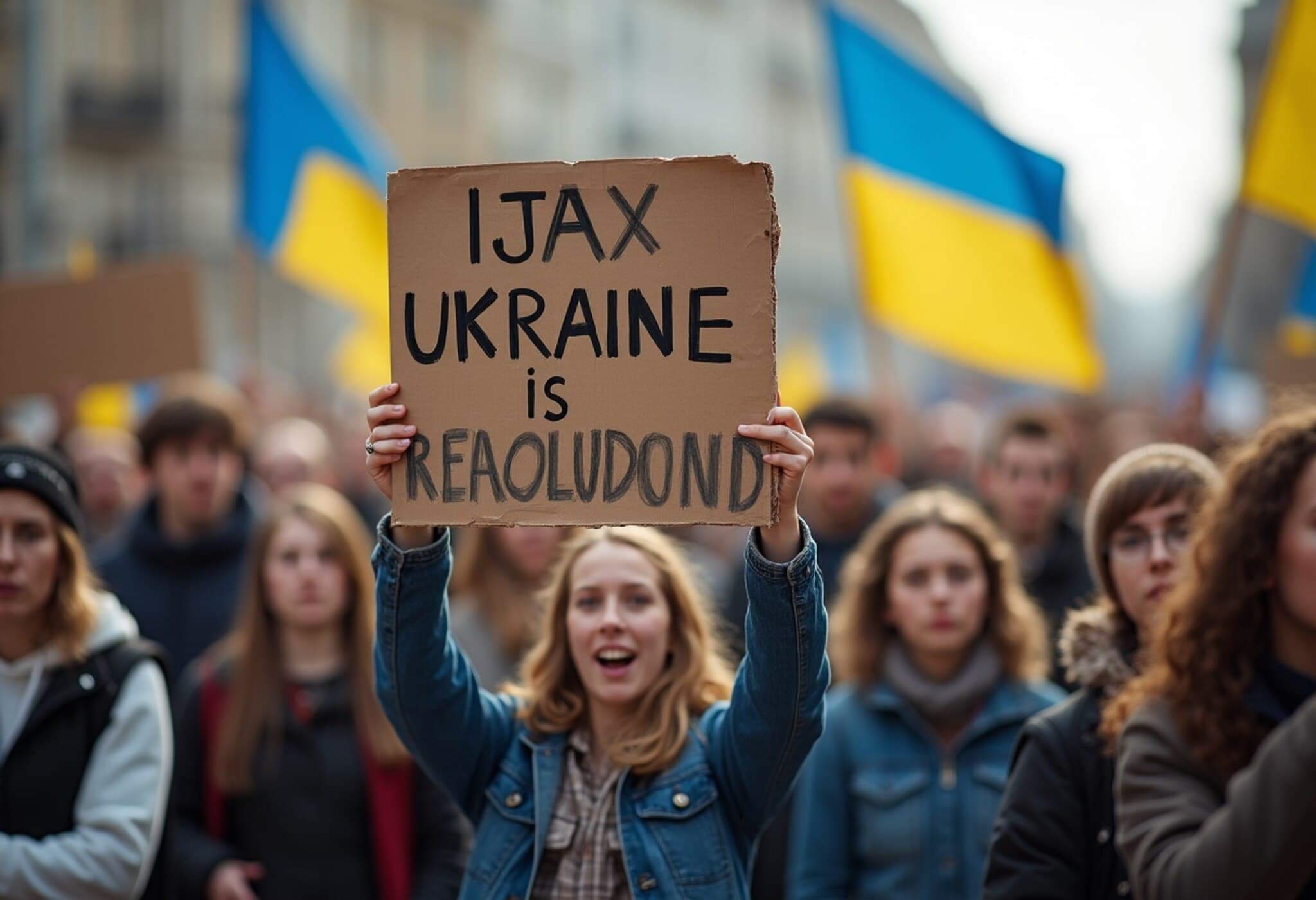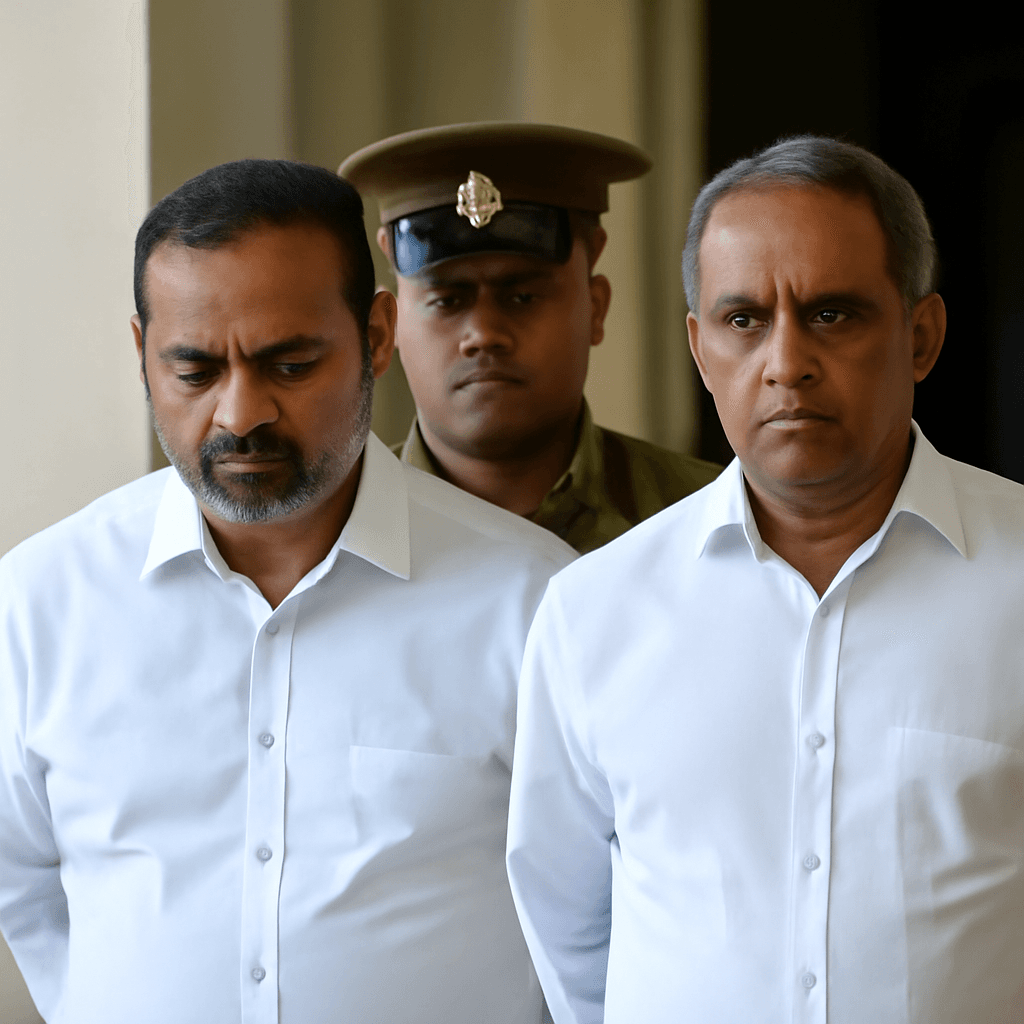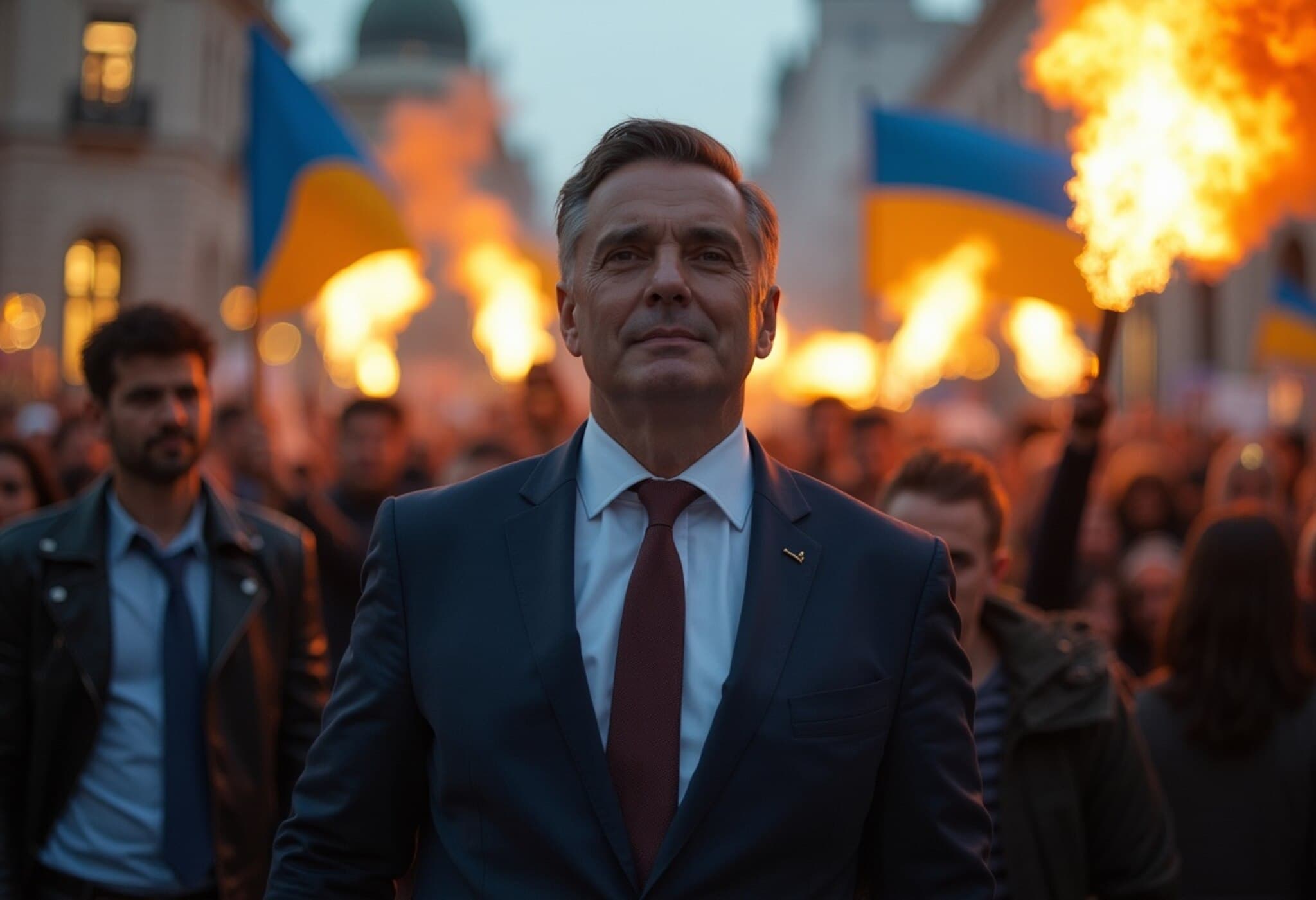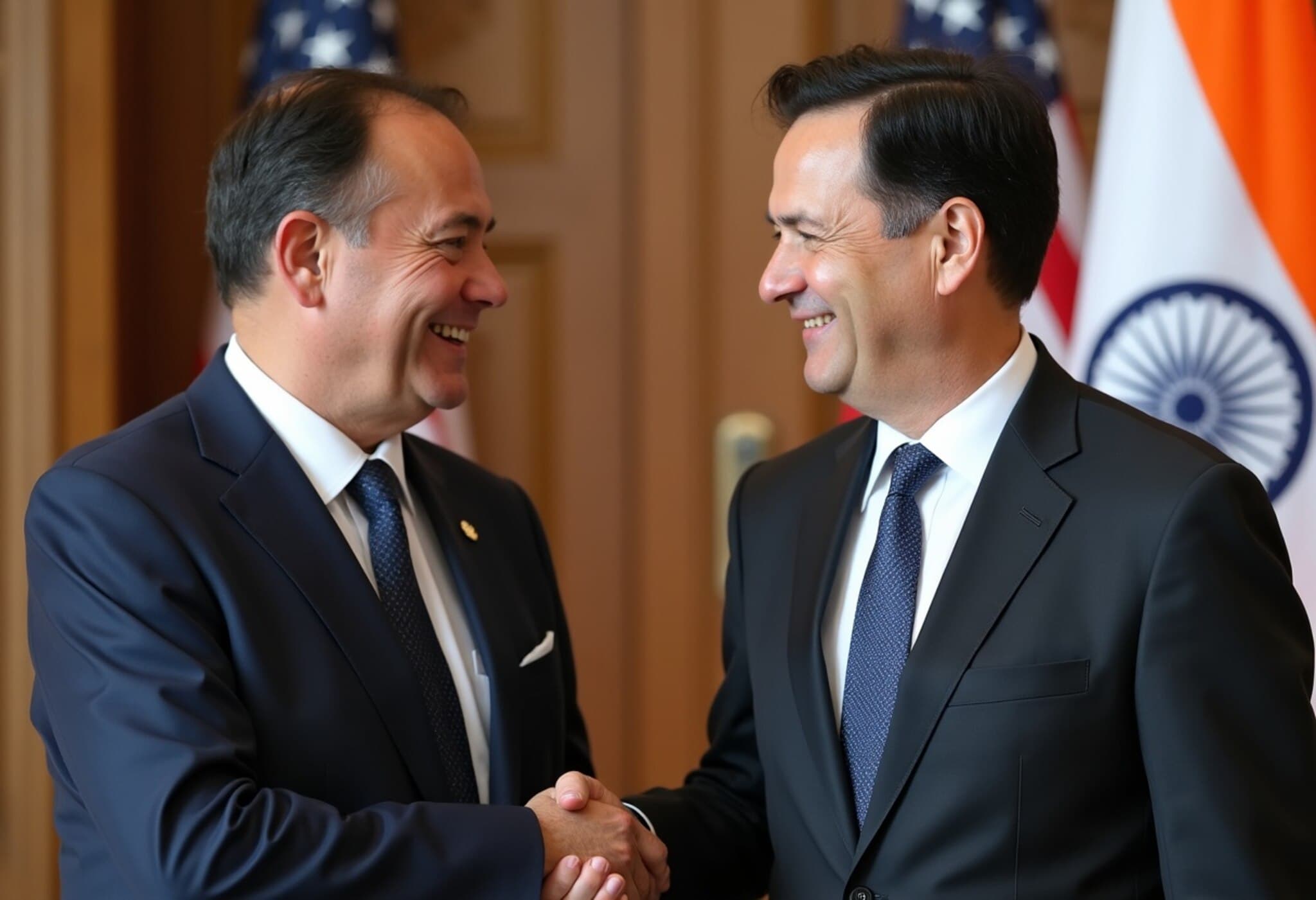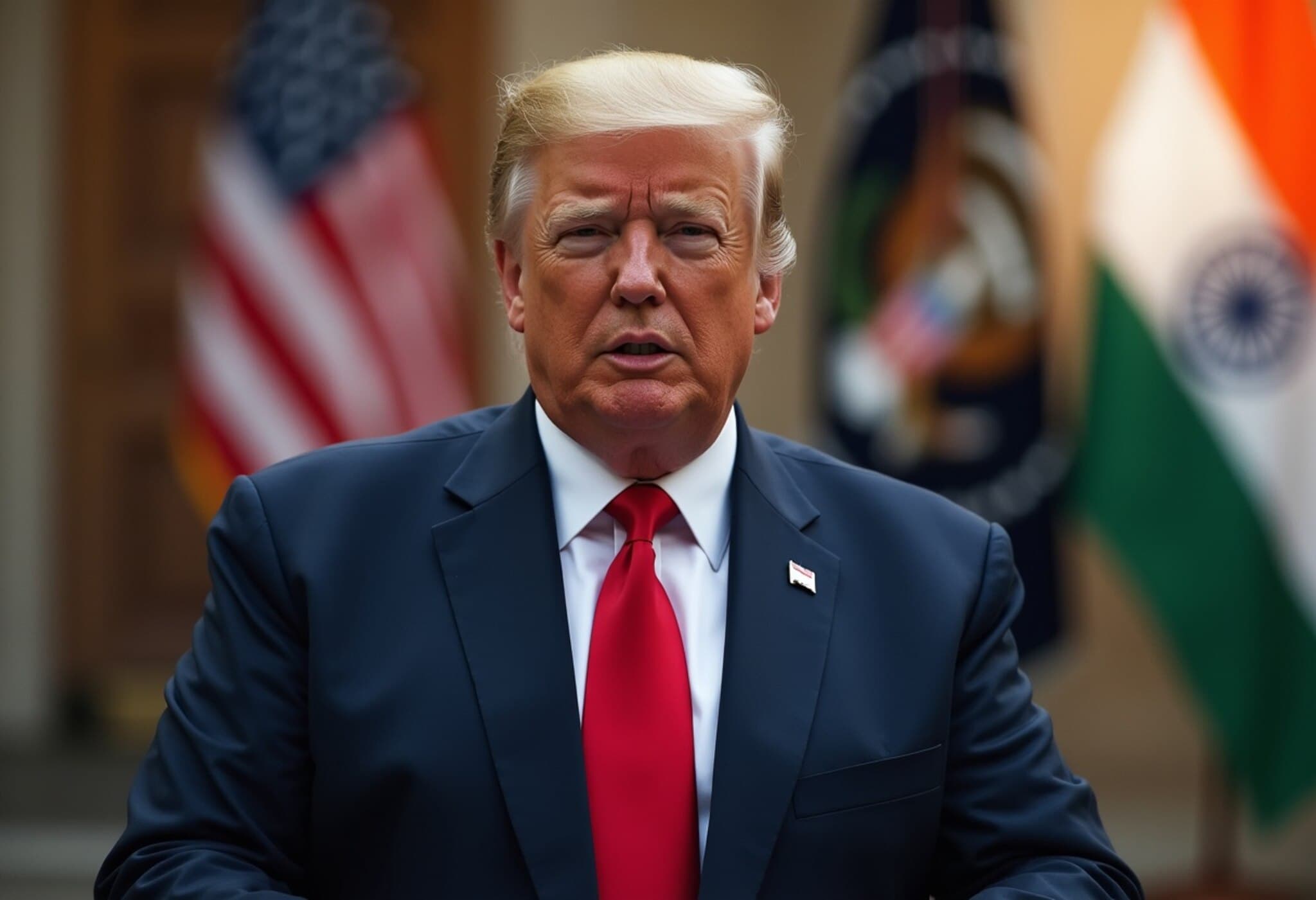Escalating Clashes Highlight Serbia's Deepening Political Crisis
Serbia has been thrust into turmoil as violent clashes erupted once again between rival protest groups, marking a significant escalation in a months-long wave of anti-corruption demonstrations. The unrest traces back to a tragic incident in November 2024, when the collapse of the Novi Sad railway station roof killed 16 people—an event that has since become a symbol of the country's deeply entrenched corruption.
From Mourning to Mobilization: The Roots of a Protest Movement
Initially propelled by grief and outrage over the Novi Sad disaster, the anti-corruption protests quickly morphed into a sustained national reckoning. Thousands, including a strong student contingent, have taken to the streets across Serbia demanding transparency, accountability, and sweeping political reforms. Yet, recent developments reveal how peaceful activism has steered toward confrontation.
Violence in the Streets: A Conflict Between Protesters and Pro-Government Supporters
Late on Thursday, Serbian police reported renewed clashes in cities such as Novi Sad and Belgrade. The spark was a violent attack earlier in the week when masked supporters of the ruling Serbian Progressive Party (SNS) confronted anti-government protesters in Vrbas, a town north of the capital. The confrontations quickly spiraled into rock-throwing, bottle-throwing, and firework assaults.
- Nearly 50 people were arrested nationwide following these clashes.
- Approximately 30 riot police officers sustained injuries amidst the violence.
- On Thursday evening alone, police reported five officers injured and 14 protesters detained.
In a bold retaliation, protesters targeted SNS party headquarters in Novi Sad, causing significant vandalism. Simultaneously, demonstrations gripped the heart of Belgrade, with masses gathering before key government and military buildings, although police using tear gas prevented them from reaching SNS offices.
Government Response: Accusations and Crackdowns
Interior Minister Ivica Dacic condemned the recent violence as an orchestrated attack on the state rather than peaceful dissent, painting the protesters as provocateurs rather than victims. Meanwhile, President Aleksandar Vucic, whose administration has governed for 13 years, has denied allegations that pro-government supporters instigated the clashes, instead accusing opposition elements and foreign actors of attempting to destabilize Serbia.
Despite growing public pressure for early elections and comprehensive reforms, Vucic has stood firm, refusing to step down. This defiance comes alongside reports from UN human rights experts of an “intensifying crackdown” on activists, including increased police violence, intimidation tactics, and arbitrary arrests.
The Bigger Picture: What's Driving Serbia's Political Turmoil?
The situation in Serbia is a microcosm of a broader global struggle between entrenched political powers and rising civic demands for transparency and accountability. What makes Serbia’s case especially poignant is the symbolism tied to the tragic Novi Sad disaster. For many citizens, the collapse represents not just a failure of infrastructure but a failure of governance riddled with corruption. The mass mobilization since November highlights a citizenry that refuses complacency, while the intensifying state response raises urgent questions about democratic resilience.
Looking Ahead: Challenges and Opportunities
Experts suggest several critical issues Serbia must address to move beyond this crisis:
- Independent investigation into the railway station collapse to deliver justice and transparency.
- De-escalation of violence through dialogue and protection of peaceful protest rights.
- Political reforms that enable legitimate opposition participation and curb authoritarian tendencies.
- International oversight to ensure human rights protections amid crackdowns.
From a US policy perspective, Serbia’s stability is vital given its strategic position in the Balkans and ongoing European integration ambitions. Washington and Brussels may face increasing pressure to mediate while advocating for democratic norms and anti-corruption reforms.
Editor’s Note
The recent violence in Serbia underscores the profound challenges facing nations grappling with corruption, governance failures, and citizen unrest. As the line between peaceful protest and violent confrontation blurs, the biggest questions remain: Can Serbia reconcile its current impasse without descending into deeper conflict? Will the government respond with reform rather than repression? The world watches closely, reminded that democracy’s strength is tested most in moments of crisis.

